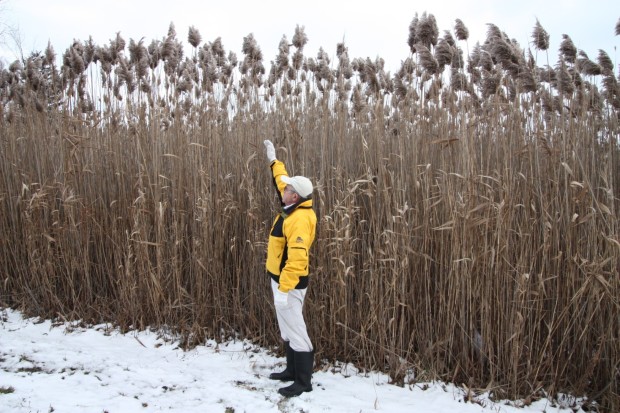
Phragmites (frag-MY-teez) is a tall reed grass (Phragmites australis) that thrives in wetlands. It grows up to 15 feet tall, and has seed heads in the fall that look like feather dusters. It spreads primarily by its roots, which can extend 30 feet or more. Phragmites aggressively fills in wetlands, roadside ditches, and anywhere its rhizomes and seeds take hold. This plant can dry up wetlands and clog drainage ways, requiring expensive maintenance.
August through October are the best months to treat phragmites with herbicide, after the seed heads have developed and before the first hard frost.
The Oakland Phragmites & Invasive Species Task Force (OPIS) is dedicated to bringing about awareness of this invasive plant. Learn more at oaklandphragmitestaskforce.com.
The North Oakland Headwaters Land Conservancy has produced a brief guide to small-scale phragmites control: click here to read.

Leave a Reply